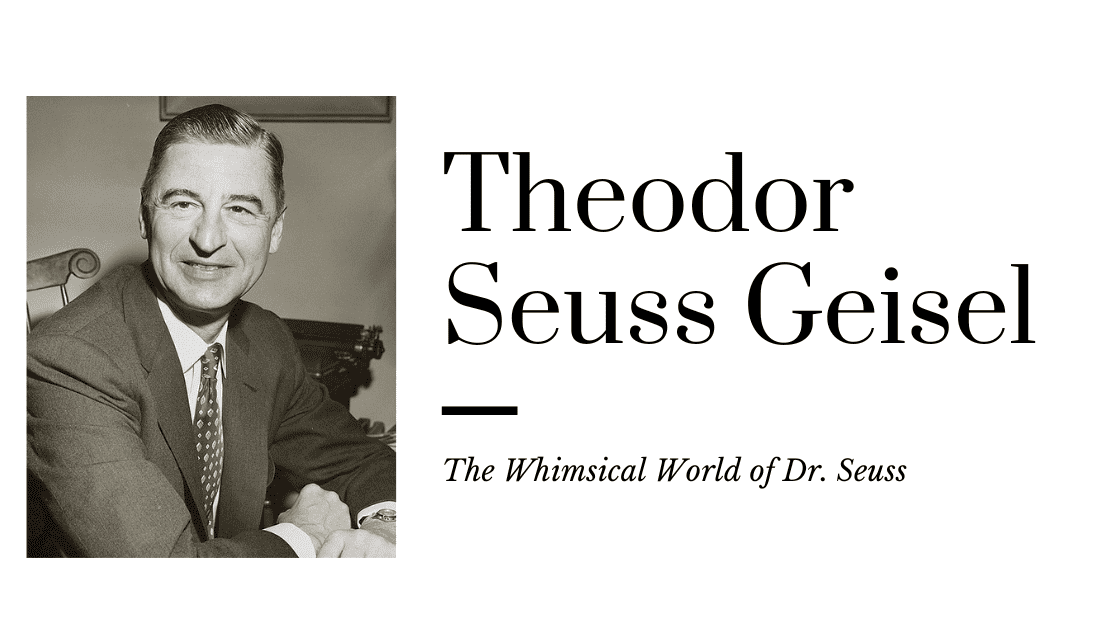The Whimsical World of Dr. Seuss: A Journey into the Life and Legacy of a Literary Icon
In the colorful landscape of children’s literature, few names shine as brightly as Dr. Seuss. The pen name of Theodor Seuss Geisel, this beloved author and illustrator have left an indelible mark on generations of readers with his whimsical tales and fantastical characters. Join us on a journey into the life and legacy of Dr. Seuss, the creative genius behind some of the most cherished stories in literary history.
The Early Years: From Theodore to Dr. Seuss
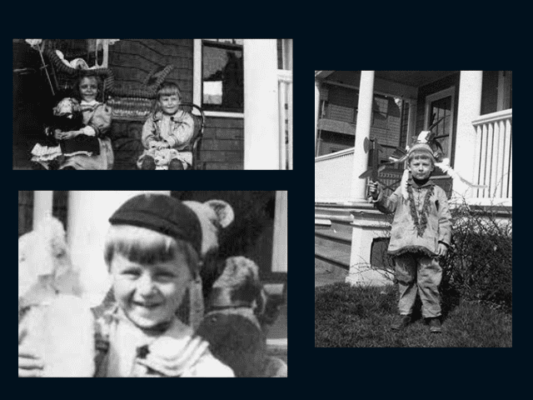
Born on March 2, 1904, in Springfield, Massachusetts, Theodor Seuss Geisel embarked on his creative journey at a young age. While pursuing a career in advertising and editorial cartooning, he adopted the pen name “Dr. Seuss.” The title “Doctor” was added as a playful nod to his father’s unfulfilled wish for him to become a medical doctor.
A Cat in a Hat and Other Seussian Marvels
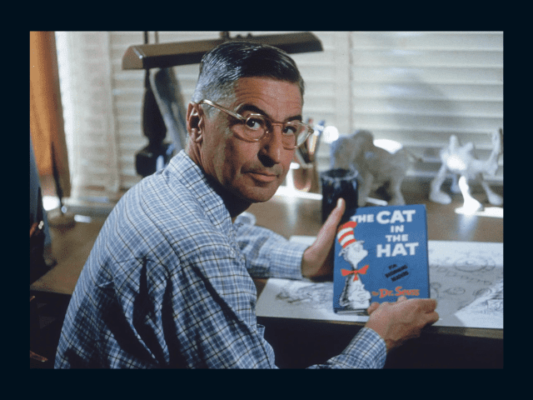
Dr. Seuss’s breakthrough came in 1957 with the publication of “The Cat in the Hat.” This whimsical and rhyming tale introduced the world to the mischievous Cat in the distinctive striped hat, and it quickly became a children’s literature classic. Dr. Seuss followed this success with an array of iconic books, including “Green Eggs and Ham,” “Horton Hears a Who!,” and “How the Grinch Stole Christmas!”
Seuss-ian Style: The Art of Whimsy and Rhyme
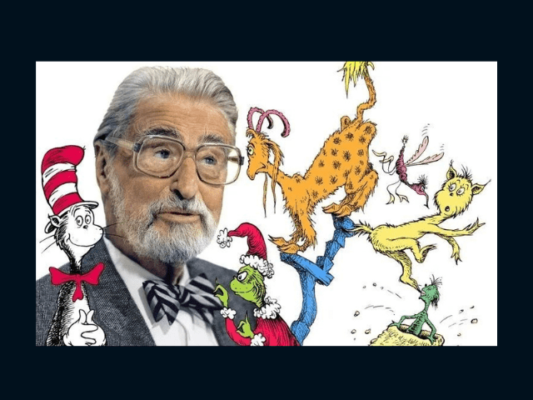
What sets Dr. Seuss apart is not just his storytelling but also his distinctive artistic style. His illustrations are characterized by bold colors, fantastical creatures, and playful shapes. The rhythmic and rhyming nature of his prose, often described as “Seuss-ian,” adds a musical quality to his works that captivates both young and old readers alike.
The Lorax: Environmental Stewardship and Social Commentary
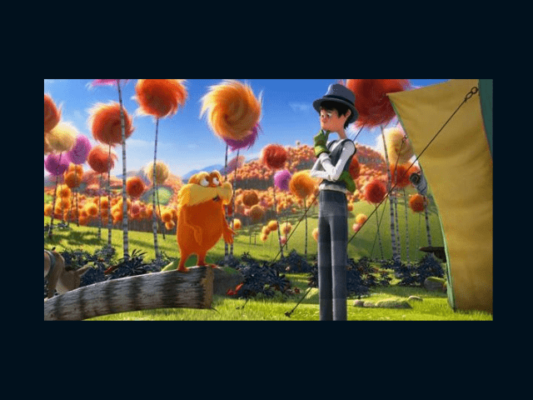
Beyond the whimsy and rhyme, Dr. Seuss infused his works with valuable life lessons. “The Lorax,” published in 1971, is a prime example of his commitment to environmentalism. Through the tale of the Lorax, who “speaks for the trees,” Dr. Seuss conveyed a powerful message about the importance of environmental stewardship and the consequences of unchecked greed.
Honors and Legacy: Seussical Celebrations
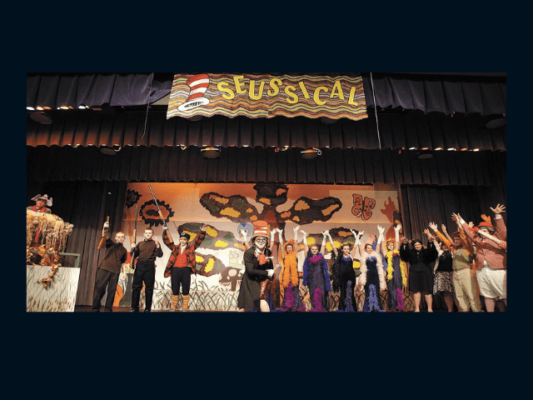
Dr. Seuss’s contributions to literature and education have been widely recognized. His birthday, March 2nd, is celebrated as National Read Across America Day in his honor. Additionally, his books continue to be bestsellers, and his legacy endures through adaptations into animated films, stage productions, and even a Seuss-themed theme park.
Dr. Seuss, with his imaginative storytelling and whimsical illustrations, has forever shaped the world of children’s literature. His legacy extends beyond the pages of his books, inspiring readers of all ages to embrace the joy of reading, celebrate creativity, and cherish the beauty of diversity. As we revisit the timeless tales of Dr. Seuss, we are reminded that, in his own words, “You’re never too old, too wacky, too wild, to pick up a book and read to a child.”

